You have no items in your shopping cart.
Do you have a project in mind but have no idea where to start? Let us help you. One of the first things you will want to do is decide what kind of fiberglass you want to use. Do you need to build up thickness fast? Are you concerned about strength? Do you have tight corners you are working with? Let us break things down a bit to help you decide if fiberglass cloth is right for your project or if you are needing chopped strand mat. Keep in mind that you can actually use both together to achieve your desired outcome. Below is an overview.
Fiberglass Cloth

(Plain weave fiberglass cloth)
Fiberglass Cloth is a woven fabric. Plain, 4 harness satin and 8 harness satin are the weave styles we carry. The 4, 6 and 10 ounce plain weave fabrics are the most commonly used. In this simple plain weave pattern, warp and fill yarns are interlaced over and under each other in alternating fashion. The plain weave is the easiest to handle since it does not unravel as much as the other weaves when cut.

In the four-harness satin weave pattern there is a three by one interfacing where a filling yarn floats over three warp yarns and under one.

The eight harness satin is similar to the four harness satin except that one filling yarn floats over seven warp yarns and under one. The satin weaves are slightly stronger and more pliable than the plain weave and are easier to conform to curved surfaces. They are more difficult to handle than the plain weave, though. Use fiberglass cloth when you are looking to create a strong, light weight product.

Chopped Strand Mat
Chopped Strand Mat (also known as fiberglass mat) has short strands of fibers held together with a resin binder. The fibers are randomly oriented. Mat is only compatible with polyester and vinyl ester resin. When resin is added to the mat, the binder dissolves and the fibers can be moved around. It is easier to conform mat to tight curves and corners than it is with weaved fabric. The reason chopped strand mat is not compatible with epoxy resin is because the binder holding the fibers together needs styrene to properly dissolve. Polyester and vinyl ester resins have styrene in them. (There are some places that sell chopped strand mat that is compatible with epoxy but it is hard to come by and much more expensive). Chopped strand mat is the least expensive fiberglass and is often used in mold construction or projects where thickness is needed. Mat is often used as the first layer (before the gelcoat) in a laminate to prevent print through. Print through is when the fabric weave texture shows through the resin. Chopped Strand mat does not have much strength. If you need strength you should choose a woven cloth or you could mix the two. Mat can be used between layers of woven fabric to help build thickness quickly and aid in all layers bonding well together.
For info on more fiberglass reinforcements and resin, check out our Ultimate Fiberglass and Resin Guidebook for Beginners.
For more detailed information on each fiberglass cloth we carry, you can CLICK HERE.
comments (57)
-

-
 Tony
TonyWe live in a fairly dry part of SEQ. At the time of building our home our water tanks had to include a ‘first flush’ system which was intended to release (dribble) the first flush of water from any rain event. So we dug a small irregular (approx 4 square metres) unlined frog/fish pond under the first flush outlet. With the weather getting progressively drier we feel we need to minimise having to replenish the water every second day. The shape of the pond is considerate of the trees and shrubs around it and hence the reason why we have not persued a prefabricated shell.
Would DIY fibreglassing be a practical option, and if so what would be the optimal products to use?REPLY from fgwarehouse: It is a possible. It is tricky because of the dirt. Laying fiberglass and resin directly on the dirt is messy. BUt if you place a plastic sheet down first and lay up on that, you can definitely do it.
-
 Matt Pauley
Matt PauleyI am trying to reinforce a 16 foot tri hull boat. It appears to have two bad patches from a couple sizable holes and the transom needs a lot of work. I have removed the ribs and stringers and now will be grinding/sanding the bad areas away inside and out. Mat or weave and what kind? I want to make sure this boat will last a long time and be very strong
REPLY from fgwarehouse: Sorry, some how I missed this question. I would suggest using knitted fabric 1708 and vinyl ester resin. You will be able to gel coat over it if needed.
-
 Greg Gibson
Greg GibsonWhich material and reisen would be best to coat an auto floor that will be covered by carpet? Also how many layers are needed? Trying to add strength and cover a few very small rust holes.
REPLY from fgwarehouse: Epoxy resin will be the best. Use the 4:1 epoxy with a 10 oz cloth for a strong floor. Make sure you grind out as much of the rust as you can.
-
 Ahmad
AhmadHi
Is it possible to use plain WR (not biaxial WR) without use CSM between each WR layer for bounding and lamination in piping ?REPLY from fgwarehouse: Sure, it is possible, but you will have a very resin rich laminate when you are done.


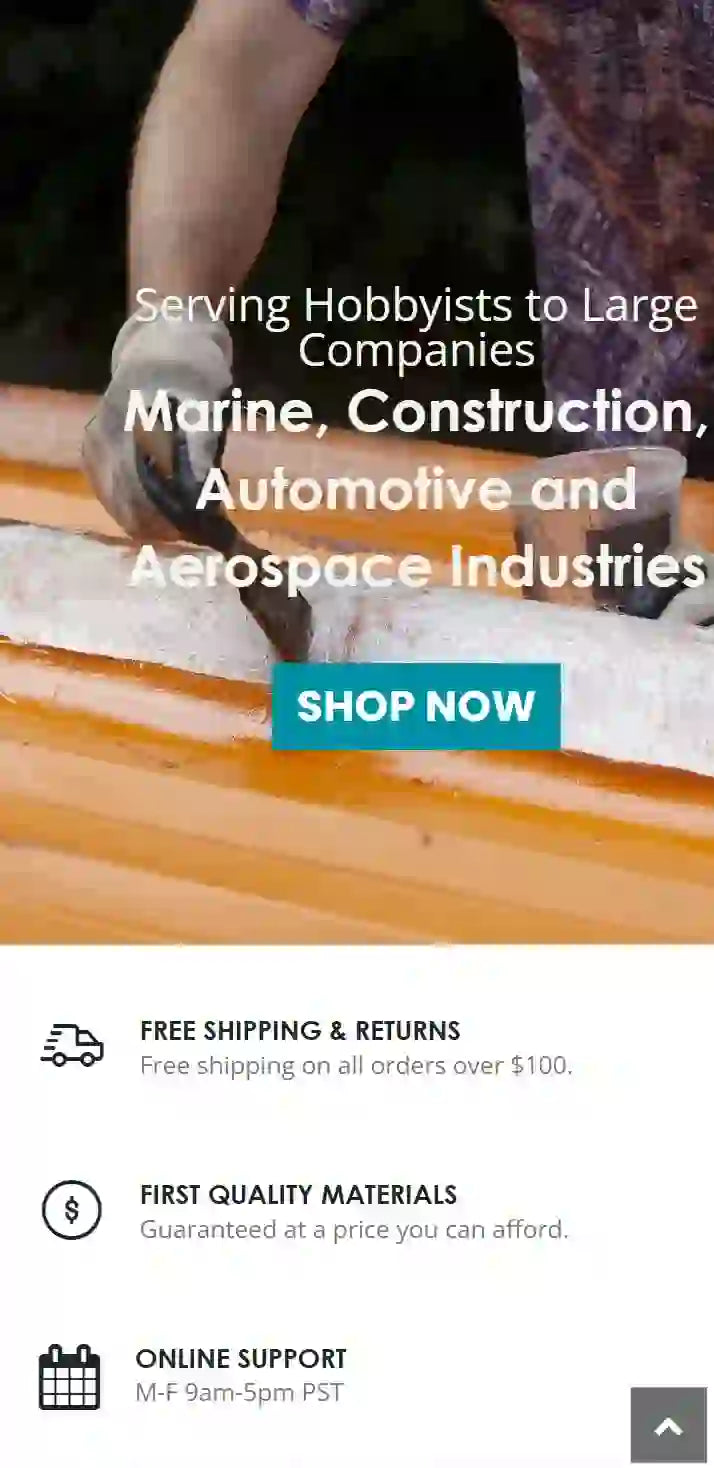
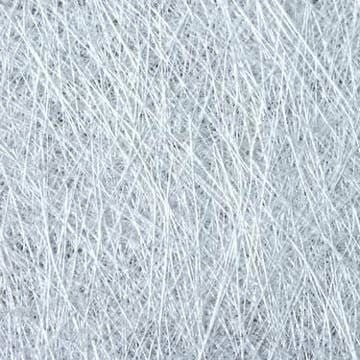
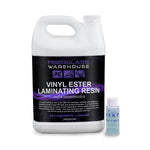

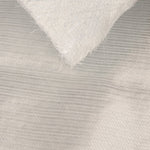
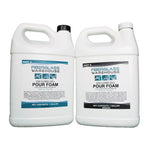
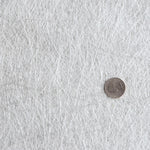

I am building a large concrete swimming pool. I am thinking about economizing on the cement work (less /thinner rebar etc.) but then adding a fibreglass lining. However, only csm 450 is available! Would this be posible and if so, how many layers would you recomend.
REPLY from fgwarehouse: This is a tough question. You would have to create a very thick layer of fiberglass to replace any amount of cement. I would probably skip the concrete all together and just put in a fiberglass pool.